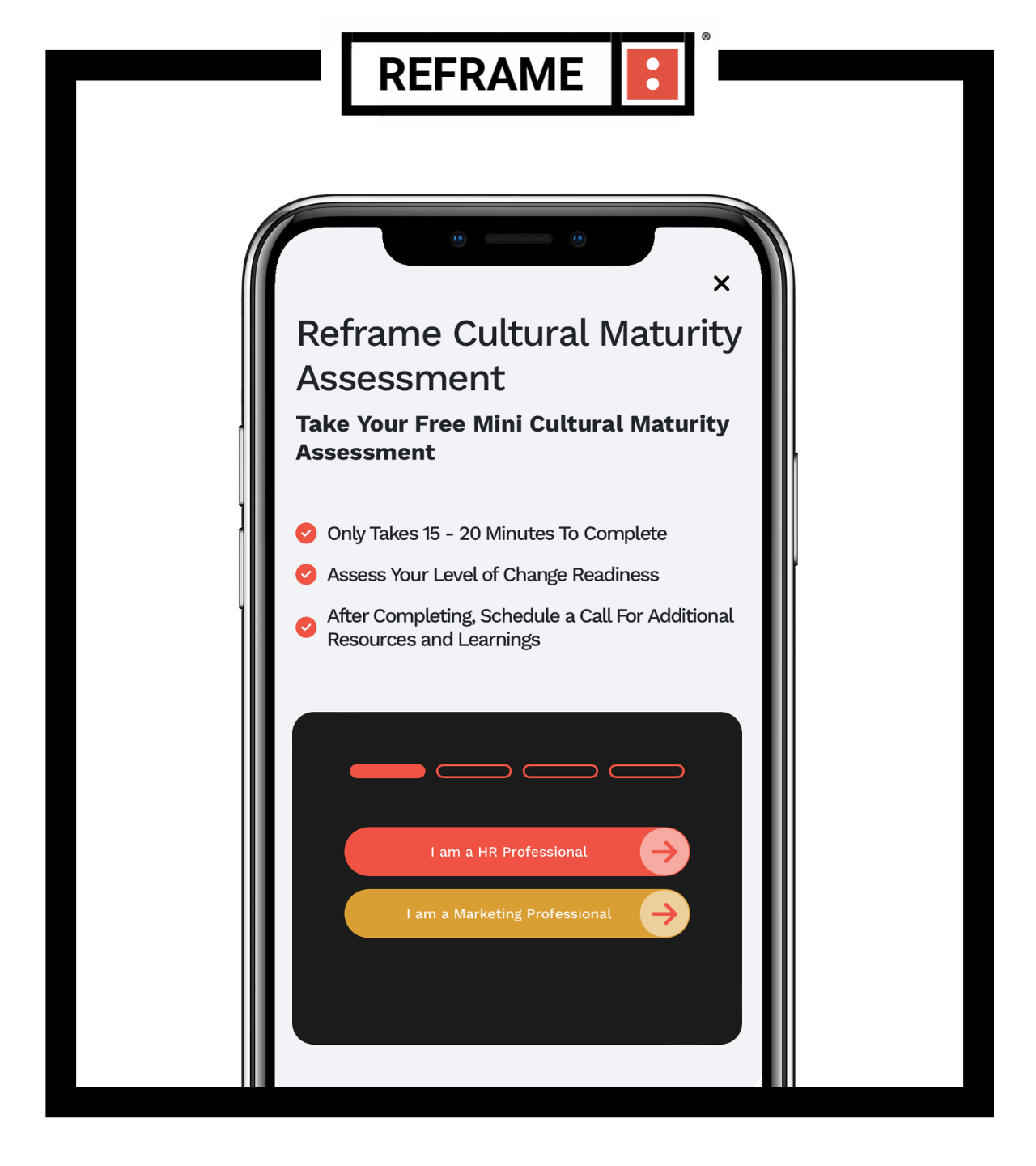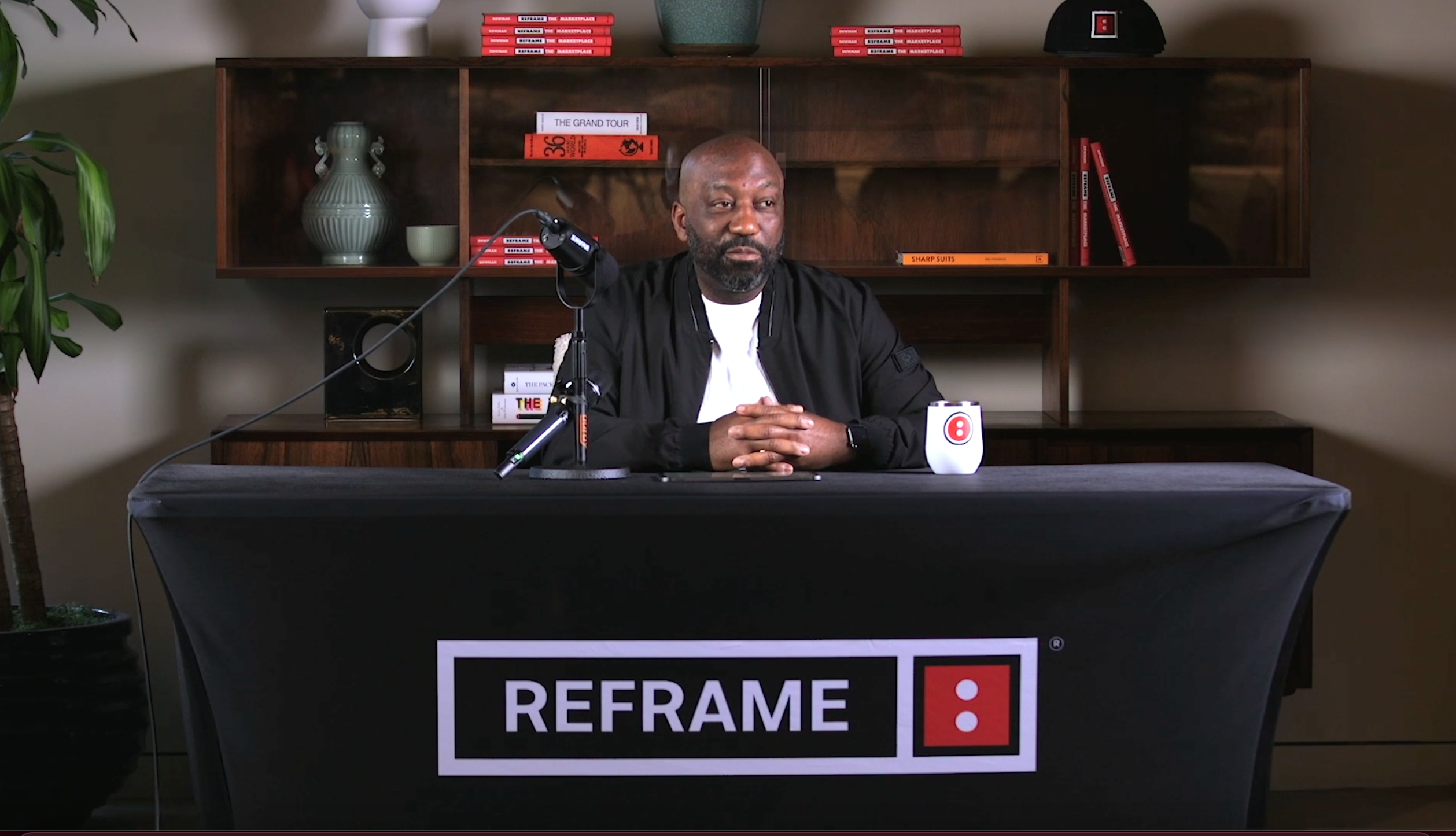Mono-Cultural Defined
The Five Stages of Culture: Stage 1
Mono-cultural: Celebration of attitudes and behaviors relating to, or comprised of one dominant group.
The term monocultural is used in marketing to describe a marketplace where the individuals share a strong bond based on a shared identity. Monoculturalism in the workplace can limit broader thinking and prevent that organization from connecting with those who do not opt-in to their specific culture.
Synonym – Homogeneous
Where you might have seen this term used before:
Farming – Monocultural is also used in agriculture to describe when land is dedicated to one crop or the raising of one sort of livestock. For instance only cultivating one specific type of corn.
Education – Often depicted as a Melting pot (a term that has it’s origins in 1780’s America and was revived during WWII in the 1940’s), monocultural supports the idea that a society made up of a plurality of cultures can assimilate into one dominant culture.
Sociology – Monocultural is used in sociology when discussing group dynamics. In this instance it means the culture is led or dominated by a single shared belief, objective, or other element that defines the group. Think The Philadelphia Eagles.
Potential workplace outcomes:
Positive – Preserves the heritage of the group and establishes uniform goals and expectations. May make those who are strictly in line with the dominate culture comfortable.
Negative – Excludes those who are not a part of the culture. Discourages those who are not a part of the dominant culture from becoming a part of the group or sticking around. Can result in a shortage of perspective and a lack of tension that allows for creative thinking and innovation.
Examples of it in modern fiction and current events:
Leave it to Beaver – This program largely presented like minded (and like-looking) individuals with a shared sense of purpose and morality.
Friends – The cast of friends, while arguably diverse in their employment and fashion pursuits, was comprised of white, gen-xers, bonded by living in New York City.
Gilead in The Handmaid’s Tale, The Borg in Star Trek, Panem in The Hunger Games – All are examples of an extreme monocultural society, requiring all to assimilate or perish.
Example images:
While collectively these images represent a variety of people, cultures, and ethnicities individually they each celebrate a specific culture.
This article is the first in a five-part series on closing the generational cultural gap between the workplace and the marketplace. Originally published in the Reframe The Marketplace: The Total Market Approach to Reaching the New Majority, today’s workplace is two generations culturally removed from the marketplace. This article series provides a contextual lens on workplace and marketplace cultural definitions – understanding these nuanced differences can help identify and #closethegap between the workplace and marketplace.
Interested in learning more about how to capture your total addressable market? Please be sure to check out these posts:
Why Total Market: Why Now
The New Currency for Diversity & Inclusion
Multi-cultural Defined
Cross – cultural Defined
Poly – cultural Defined
Trans – cultural Defined
Or get the industry’s first “how to” guide at Reframe The Marketplace: The Total Market Approach to Reaching the New Majority.
Related Blog Articles






